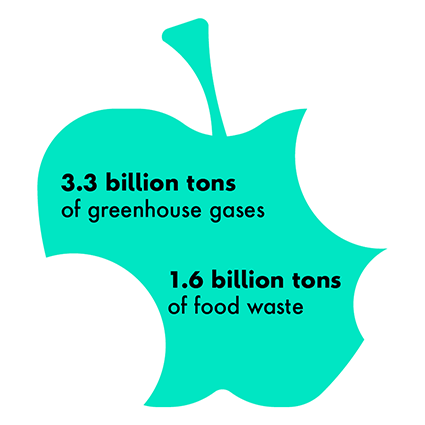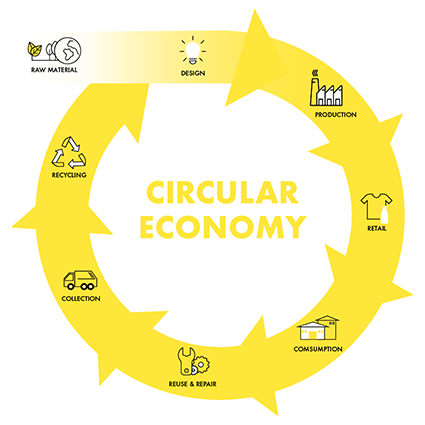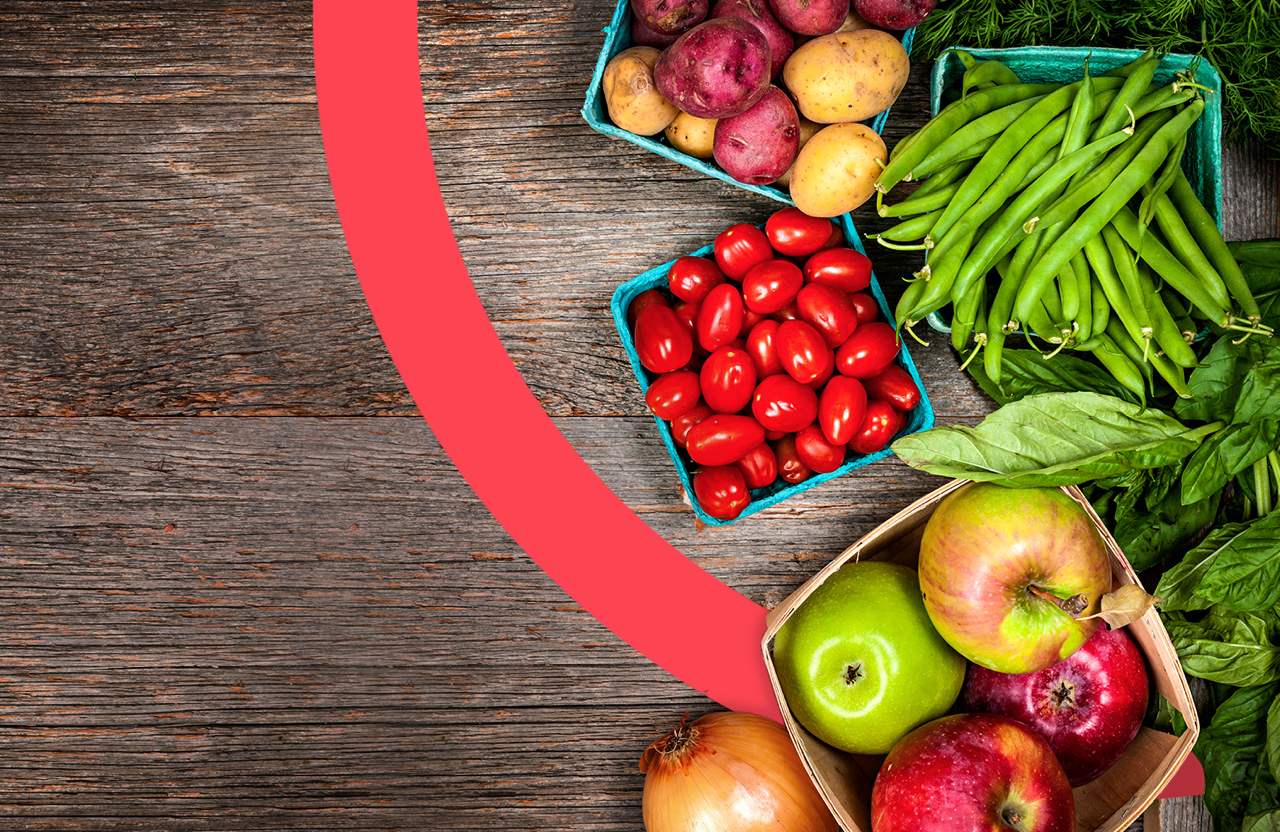What issue can we solve for you?
Type in your prompt above or try one of these suggestions
Suggested Prompt



Energy & Commodities
Planting the Seeds of Sustainable Agriculture With a Circular Economy
Planting the Seeds of Sustainable Agriculture With a Circular Economy
Charles Magnus
Executive summary:
- The agriculture sector by and large operates as a linear economic model that creates food waste and greenhouse gases.
- The principles of a circular economic model can reduce agriculture’s waste by reusing all products and byproducts to generate additional value.
- Circular principles promote sustainability and can help the agriculture sector maximize profits by meeting customer expectations, uncovering new opportunities, strengthening supply chains and increasing efficiency.
As sustainability increasingly becomes a global priority, virtually every industry is making concerted efforts to develop business practices that are both environmentally responsible and fiscally sound.
The stakes for sustainable transformation are especially high for agriculture. Annually, the sector produces an estimated 1.6 billion tons of food waste and 3.3 billion tons of greenhouse gases. Directly impacted by climate change’s effects on weather patterns and extreme events, the sector also faces escalating demand as the global population swells and navigates geo-political disruptions. At the same time, consumers seek food products that are sustainable, local and organic, with 39 percent of Americans claiming that their concerns over sustainability drive their food purchases. A desire to prioritize sustainable food is even stronger in the European Union, where more than 59 percent of consumers cite sustainability as a factor shaping their decision to purchase and eat certain food products.
What can the agriculture sector do to meet demand, adapt to climate change and adopt sustainable practices? The concept of a circular economy offers a path forward, one that meets customers’ expectations, satisfies farmers’ needs and safeguards the environment, all while maximizing profitability.
What is a circular economy?
Traditionally, many industries operate under a linear economic model in which businesses create products for consumption without regard to environmental costs. In this model, consumers discard the product when they are finished with it, and goods flow in one direction: into landfills.
In contrast, a circular economic model promotes a sustainable value chain. Circularity has three goals: reduce waste, protect the environment and repurpose materials so they can be turned into something else of value. A circular model closes the value-chain loop and lessens waste by reusing, recycling and repurposing materials and byproducts from every stage of a product’s lifecycle.
Many farms tend to operate in a linear model, producing and distributing crops in ways that are not yet sustainable. Farmers sometimes utilize harmful chemicals and practices that maximize crop yields at the cost of the environment. Food processing often contributes to pollution, as does the disposal of unsold crops and products. In a linear model, product packaging fills dustbins, harsh pesticides wreak havoc on ecosystems and food waste represents a loss of revenue.
Circular systems and programs can equip the agriculture sector with tools and innovative ways of doing business that unlock value and promote sustainability.
Circular systems and programs can equip the agriculture sector with tools and innovative ways of doing business that unlock value and promote sustainability. They can also help organizations stay ahead of future regulations and earn the distinction of being first movers. Moreover, circularity enables businesses to distinguish themselves from competitors and capture emerging markets by highlighting their sustainable practices.
Figure 1: Lifecycle of circular economy
How can agricultural organizations strategize to put circular principles into practice? Businesses can optimize outcomes while prioritizing sustainability by using some of the following circular strategies:
Circular approaches can revolutionize the future of farming
Circularity offers an opportunity for agriculture to continue growing in a way that is both sustainable and profitable. By adopting circular principles that meet customers’ expectations, leverage waste outputs to diversify revenue streams, mitigate vulnerable supply chains and create on-farm efficiencies, agricultural organizations can transform themselves to prioritize sustainability while optimizing outcomes. Small changes escalate into significant impacts. Reducing food waste alone has the potential to bring up to $405 billion to businesses by 2030 all while reducing carbon emissions and better supporting environmental recovery and restoration.
The concept of circularity offers just one way that the agricultural sector can reorganize itself to optimize both business outcomes and global impact.
Related Reading
-
![]()
Embracing the Future of Sustainable Agriculture
The world’s growing population presents a major challenge for the agribusiness industry. This article explains the shocking facts – plus the sustainability solutions offered by digital transformation.
-
![]()
COVID-19: What’s Next for Food Supply Chains?
We examine the shifts in thinking that must be considered as businesses within the food supply chain look to evolve their strategies in light of the recent pandemic escalations.
-
![]()
The Agribusiness Growth Model: A B2C Focus
As demand moves from offline to online, how does agribusiness need to change in order to succeed?










